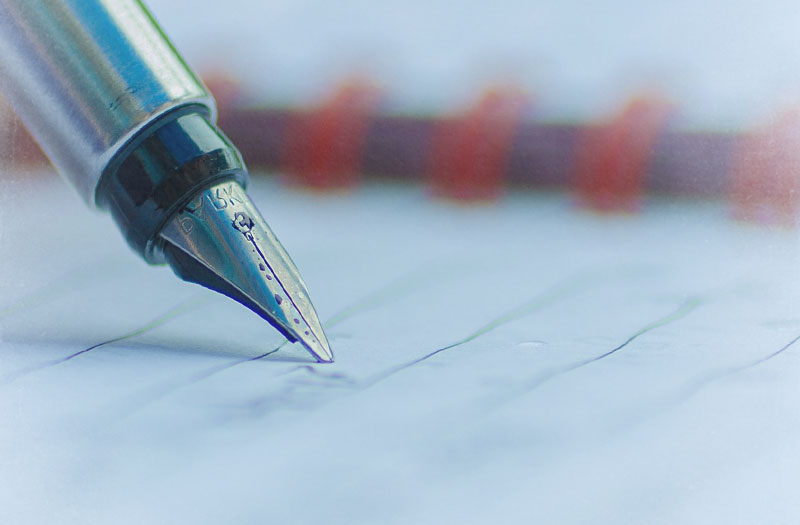 One of the wonderful things about my job is the opportunity I have to work with authors in a variety of genres. From novels to memoirs to academic texts, each style of writing presents a different challenge, and although I wouldn’t like to pick a favourite, I do find a definite pleasure in editing poetry.
One of the wonderful things about my job is the opportunity I have to work with authors in a variety of genres. From novels to memoirs to academic texts, each style of writing presents a different challenge, and although I wouldn’t like to pick a favourite, I do find a definite pleasure in editing poetry.
There is something in the rhythm and precision of a poem that really appeals to me, both as a reader and an editor. At its best, poetry presents a new or skewed vision of the world we know, inviting us to encounter the familiar in wondrous ways. It does this partly by playing with language – exploring it, inciting it and ultimately enlivening it – and that’s what makes it so intriguing to edit.
Regardless of the material before me, my aim as an editor is always to ensure the text is clear, consistent and correct. Crucial to my work is an ability to see what needs to be altered and to identify what could be improved. I am confident in my understanding of how language works and will happily make changes to grammar, punctuation and spelling in most styles of writing. I will also rephrase sentences as necessary, although the writer may decide whether to accept these revisions or not.
When it comes to poetry, however, my approach is different. In a poem, the usual rules of form and even meaning may be set aside. Perhaps more so than other kinds of writing, poetry is idiosyncratic. It can be very personal as well, and it is for these reasons that I edit it with a greater sense of deference.
These observations could relate to the tone or imagery of the poem. They may question the position of a line break or highlight a shift in cadence. I could offer you my perception of the metaphor you are using, or encourage you to be braver and take your poem even further. Such reflections are made as comments on your document, and any changes are usually accompanied by an explanation.
With all my clients, I am happy to discuss my corrections and suggestions. I hold strongly to the value of shared respect between author and editor. It is a reciprocal process, a dance of response; yet here again, the sensibility differs a little when I work with a poet.
Editing poetry involves being guided more by instinct. I consider my impressions and then share them with the poet, who can in turn affirm or adjust the poem. It is a distinct way of thinking and of engaging with a text, and it fascinates me.
Perhaps if I were a poet myself, I could express the sense of it more cogently. For now, I will continue to search for the words to convey that allure, and I’ll welcome the chance to do more of this kind of editing.
Have you ever had your poetry edited? What was the experience like for you? What matters to you when an editor engages with your poems?
 First, you have to live.
First, you have to live. Over the last few months, I have published a number of
Over the last few months, I have published a number of 
 The first thing you need to know is that copyediting and proofreading are not the same thing. While both focus on making your document as clear, consistent and free of errors as is humanly possible, they do so in different ways.
The first thing you need to know is that copyediting and proofreading are not the same thing. While both focus on making your document as clear, consistent and free of errors as is humanly possible, they do so in different ways.